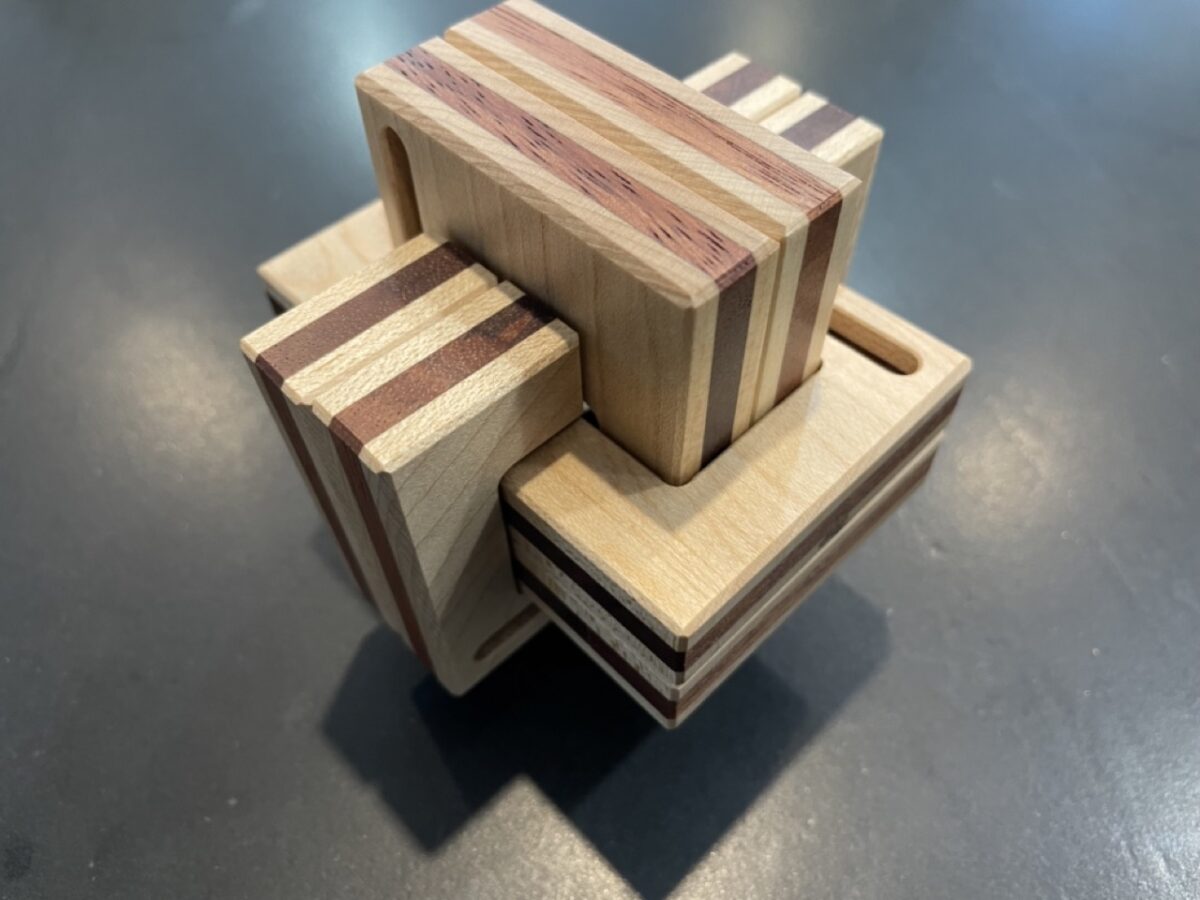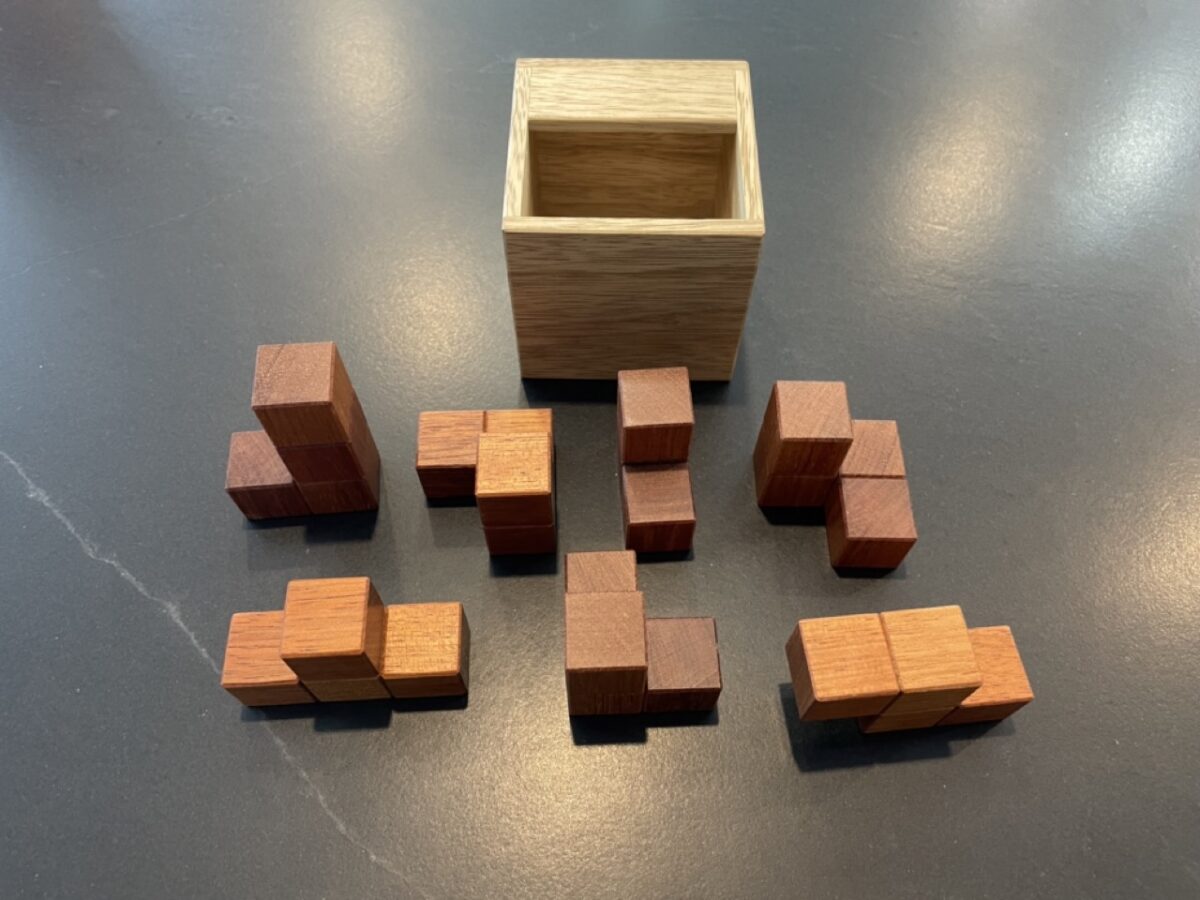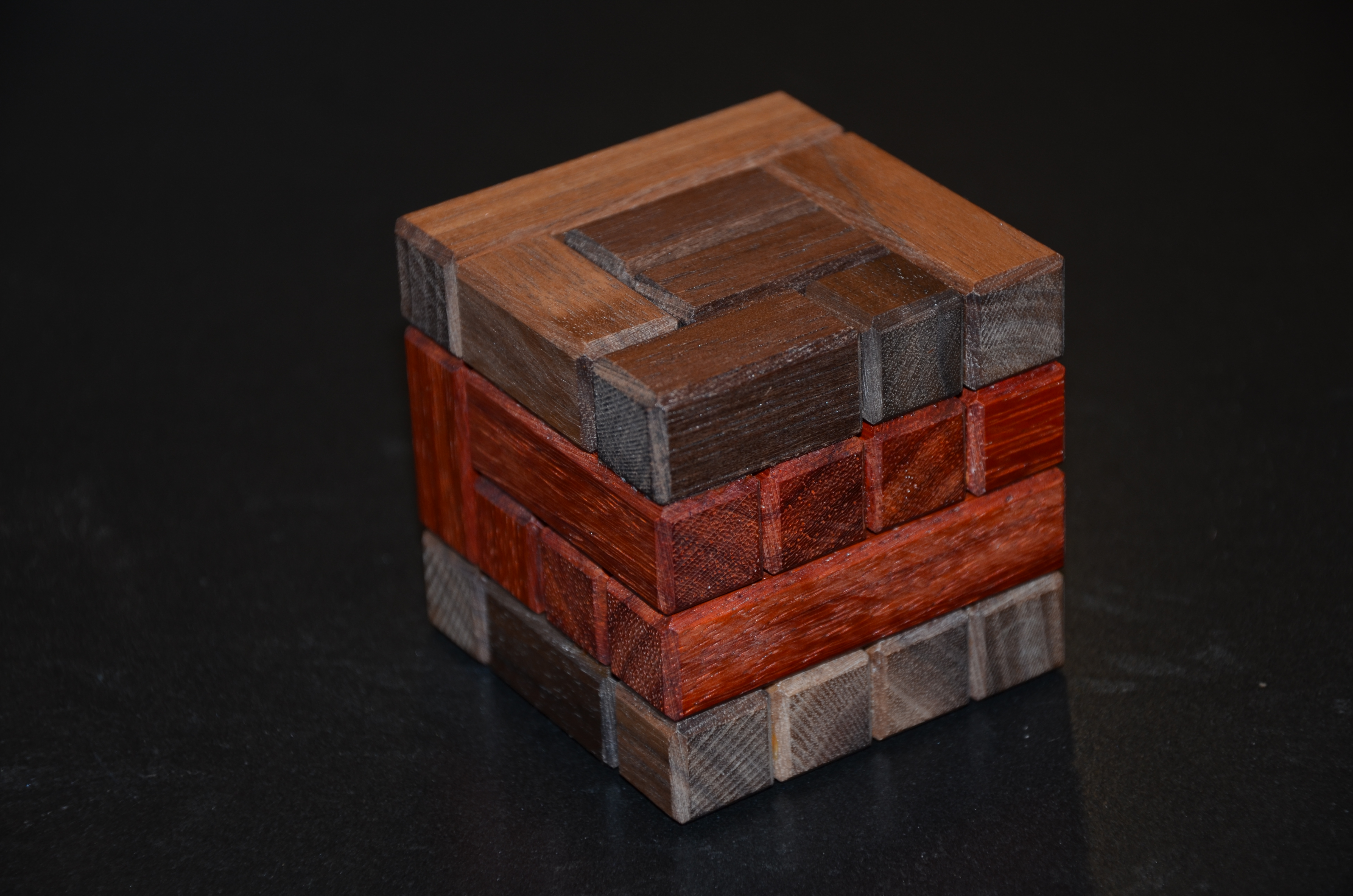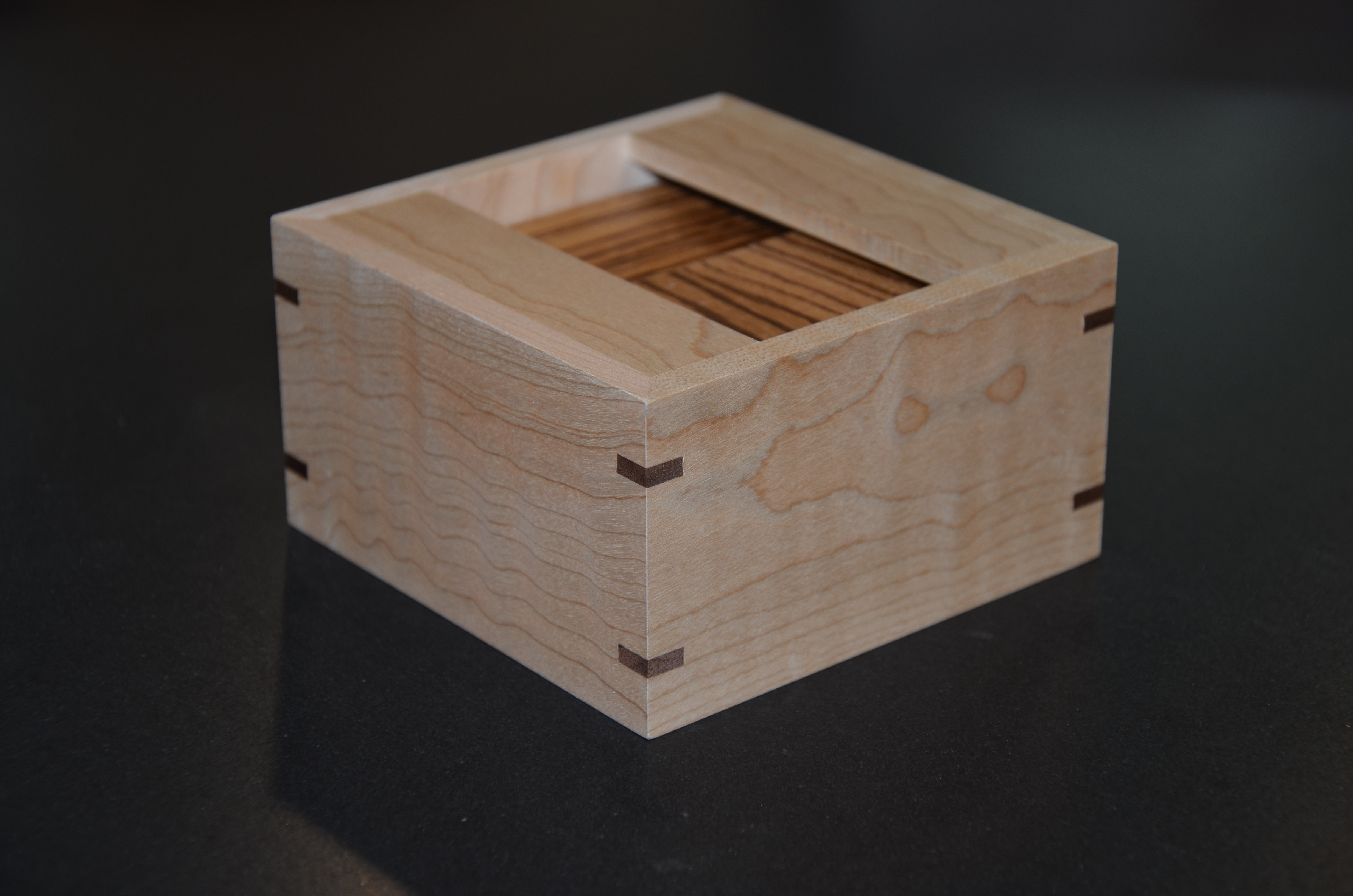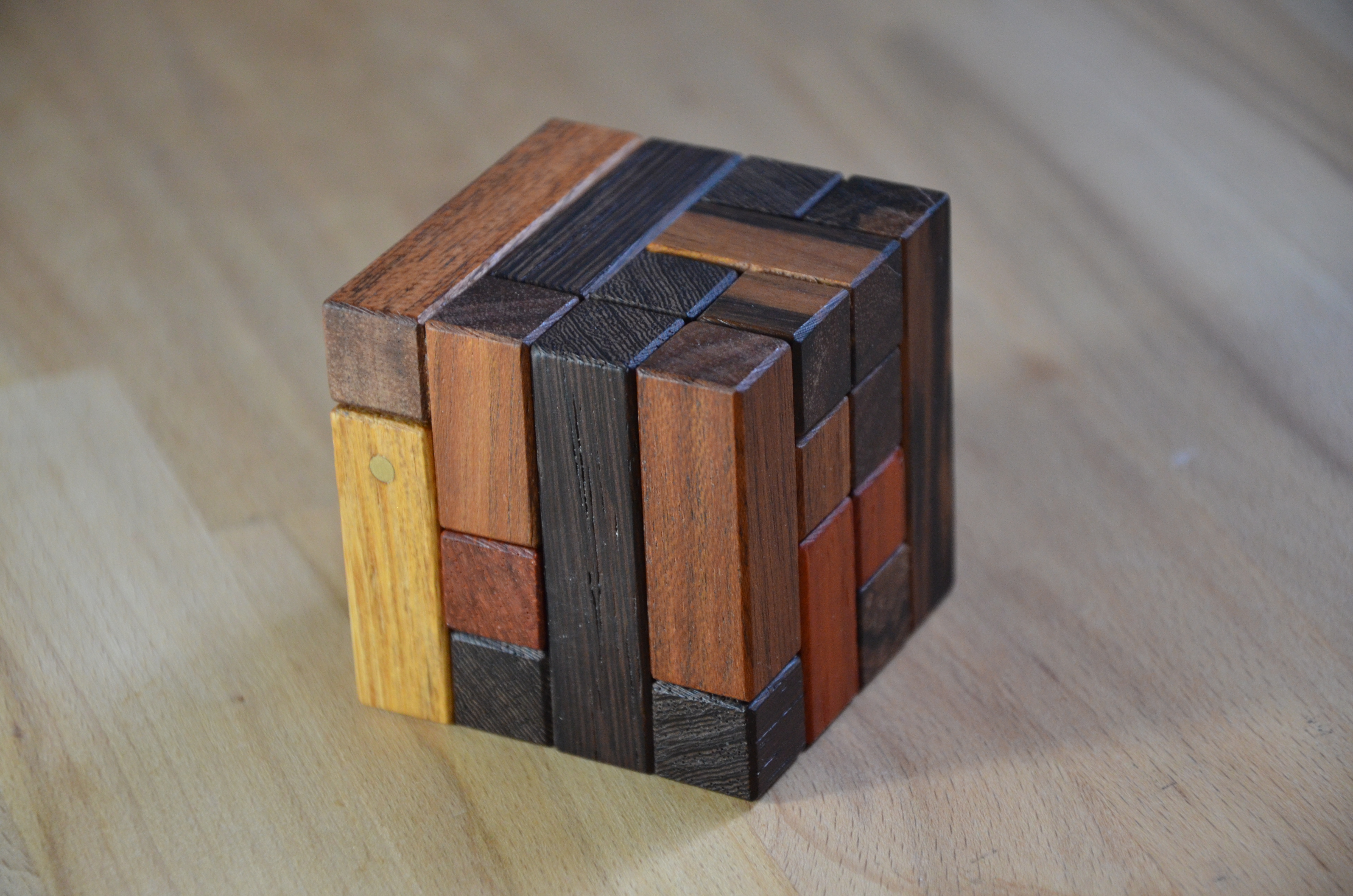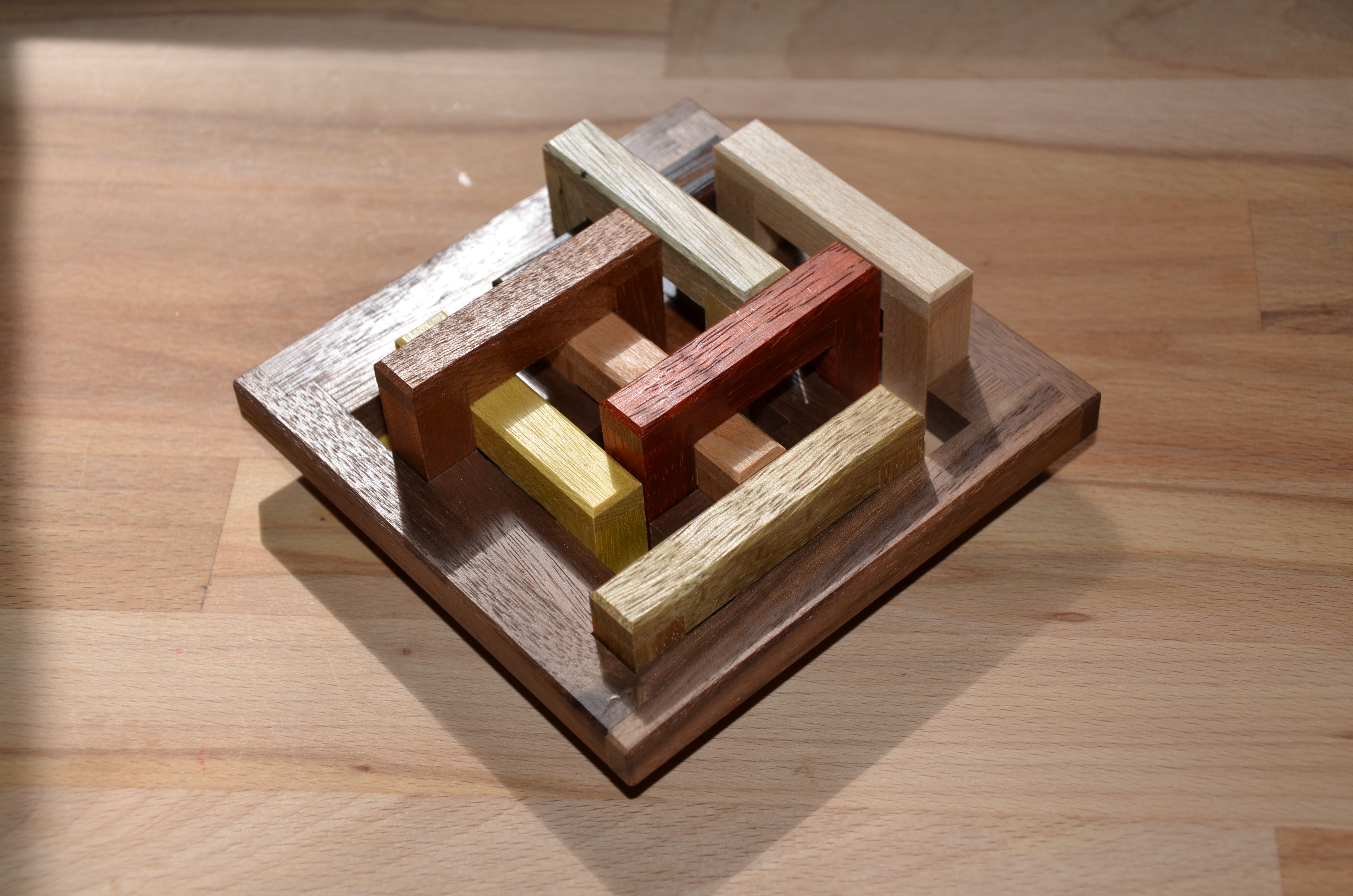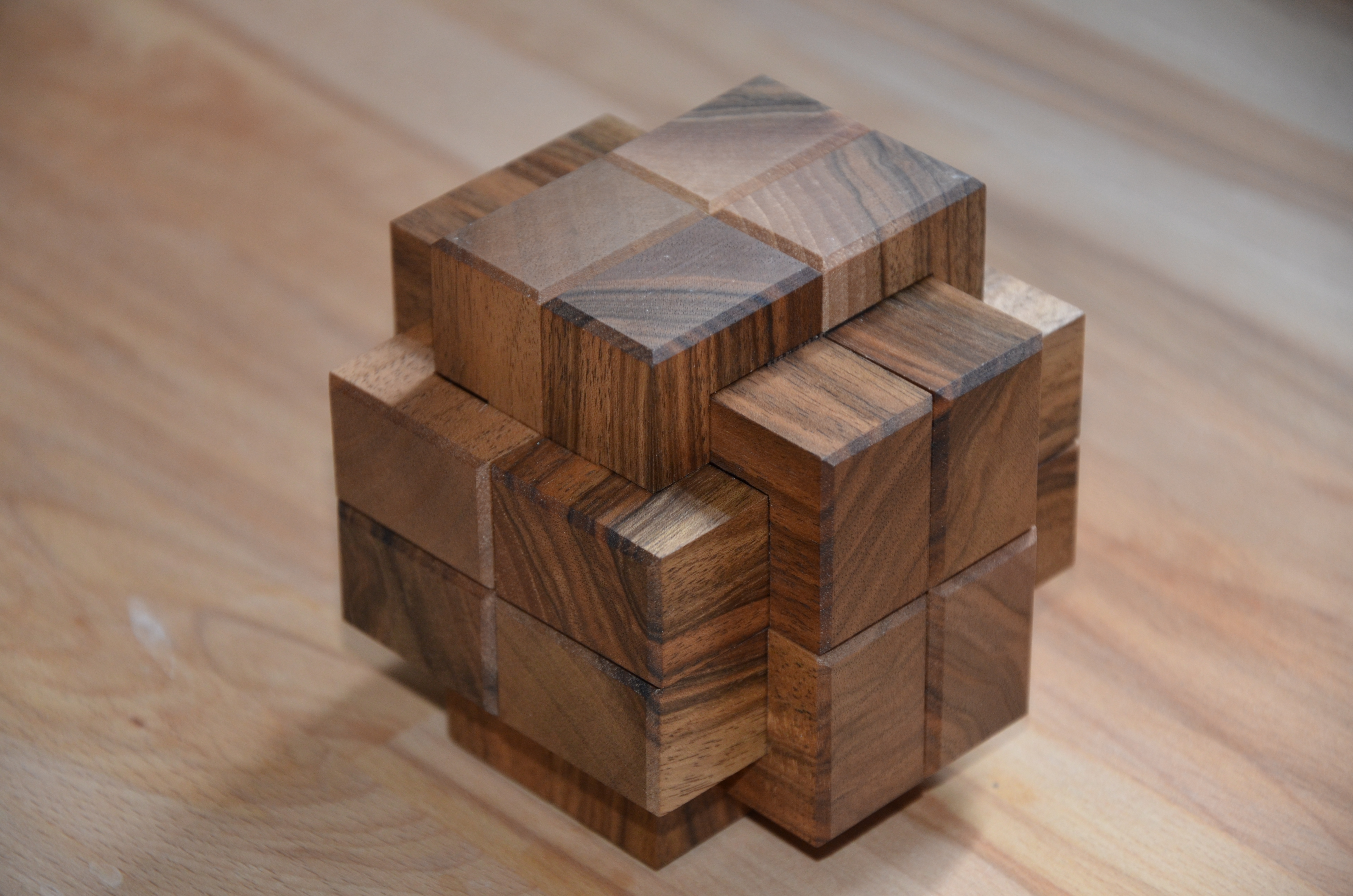Uncategorized
-
Read More: Grooved 6 Board Burr #5 – Junichi YananoseIt was about 2 years ago (holy crap where does the time go?) When I…
-
Read More: SOMA-FLOP – Dr. Volker LatussekI love me some DVL puzzles. Some of the best moments I’ve had puzzling were…
-
Read More: Small Box One – “Window Box” – Eric FullerEric decided to do a series of small puzzle boxes, and I for one, am…
-
Read More: MysTIC – Andrew CrowellOk, today, I have MysTIC – A very interesting 4×4 cube that I am anticipating…
-
Read More: ODD Packing Puzzle – Hirokazu IWASAWAToday I have ODD packing puzzle. The name comes from the shape of the pieces…
-
Read More: LunaTIC – Andrew CrowellWell, after a fairly long break, I’m back in the saddle again! This time I…
-
Read More: Notes – Tamas VanyoThis week, I’m working with Notes, designed by Tamas Vanyo and created by Eric Fuller…
-
Read More: ARACNA – Alfons EyckmansOk, Today I have ARACNA by Alfons Eyckmans. The name makes sense considering what is…

